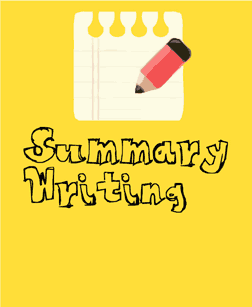 |
| http://media.npr.org/assets/img/2012/09/10/lightbulb-5be719f2444b54229b7a61a770cf2710bf246e2c-s51.jpg |
Year 10, let's recap what we did in class today.
We will look again at the line of research that you could develop:
We will look again at the line of research that you could develop:
- Develop a Design Brief
- Define “Business Card” (what is it?, how can it help you?)
- Research Business Cards (what makes a good business card?, effective business card design)
- Research 11 essential elements in a business card
- Research business card designs to gather ideas and information. Look at 4 business cards and analyze your findings. What did you like about the card? What didn’t you like? Be specific. What ideas did you get that you could use in your own business card?
- Investigate programmes that could be used.
IB Learner Profile: Inquirer
Learning objectives: independently identify meaningful questions, carrry out web search, select and organize appropriate sources and evaluate them.
Learning objectives: independently identify meaningful questions, carrry out web search, select and organize appropriate sources and evaluate them.





